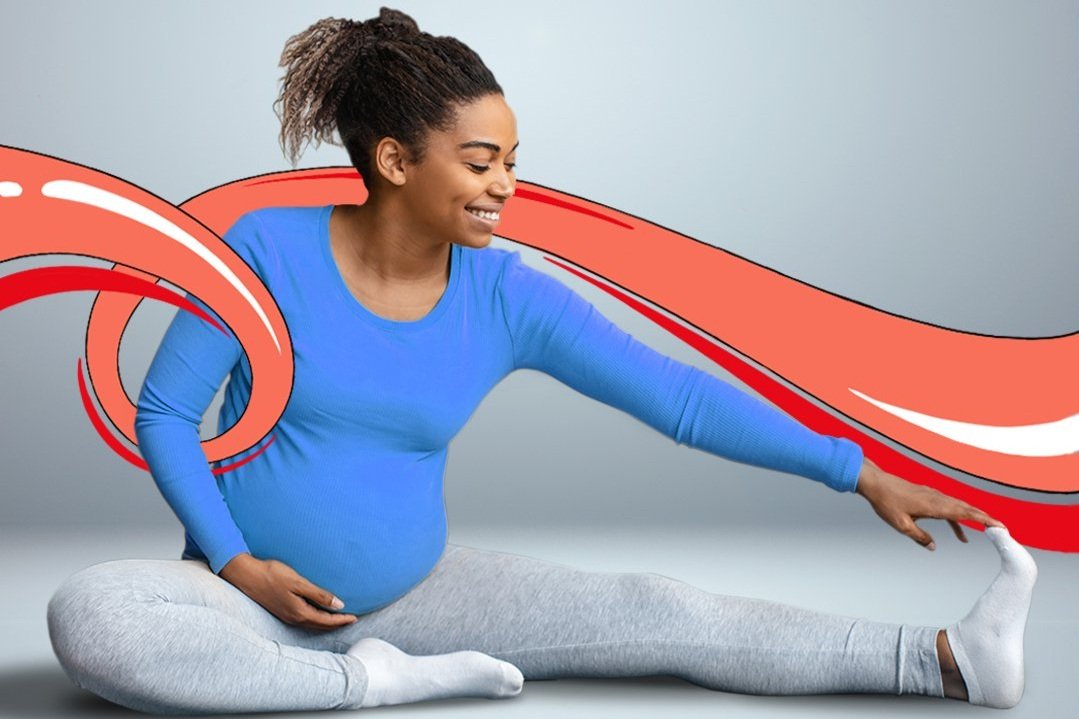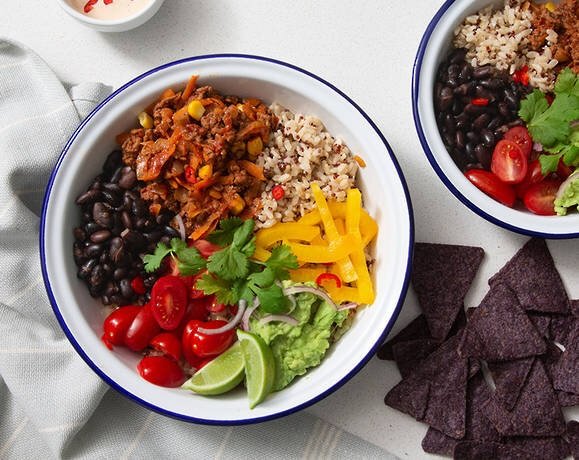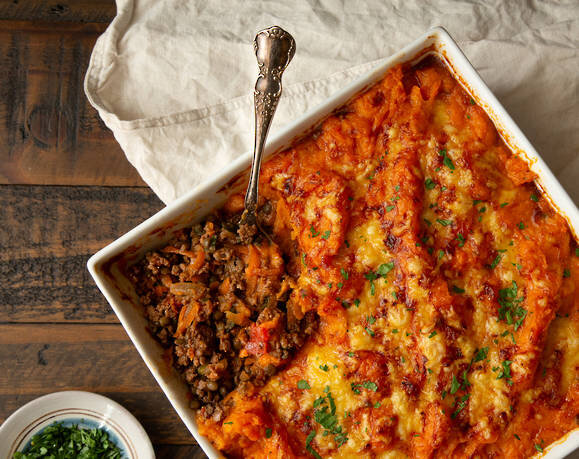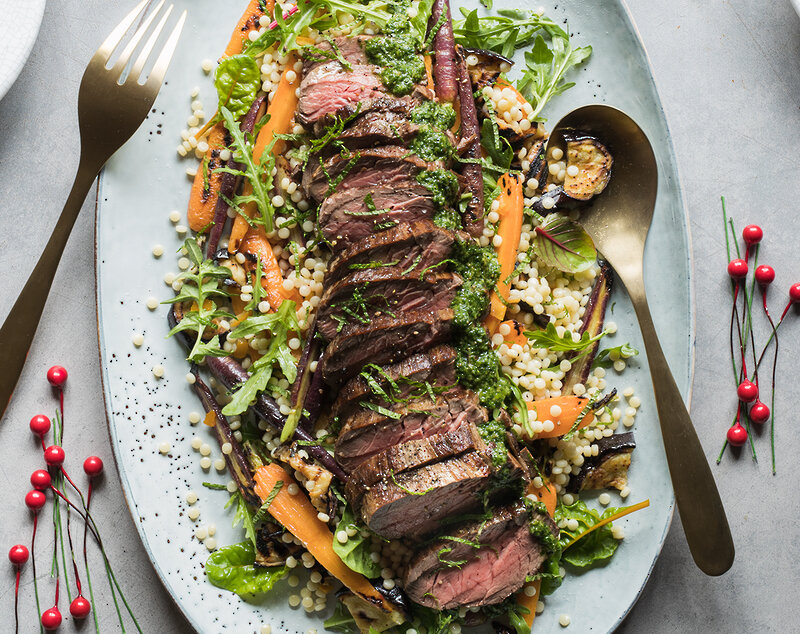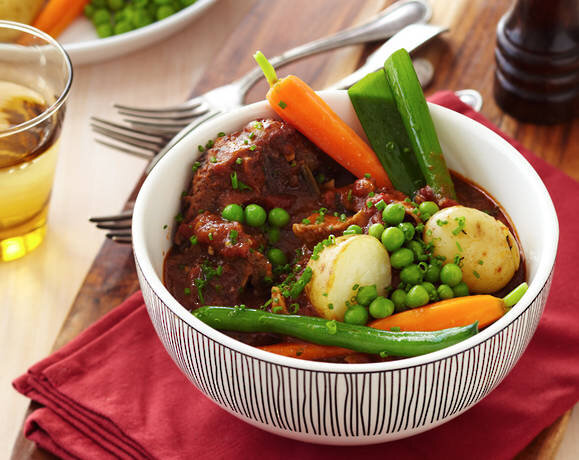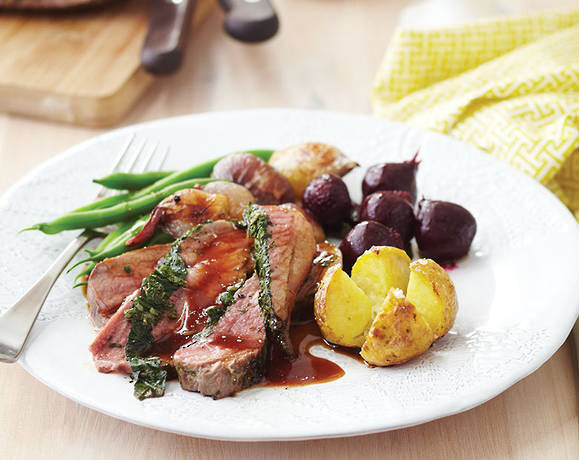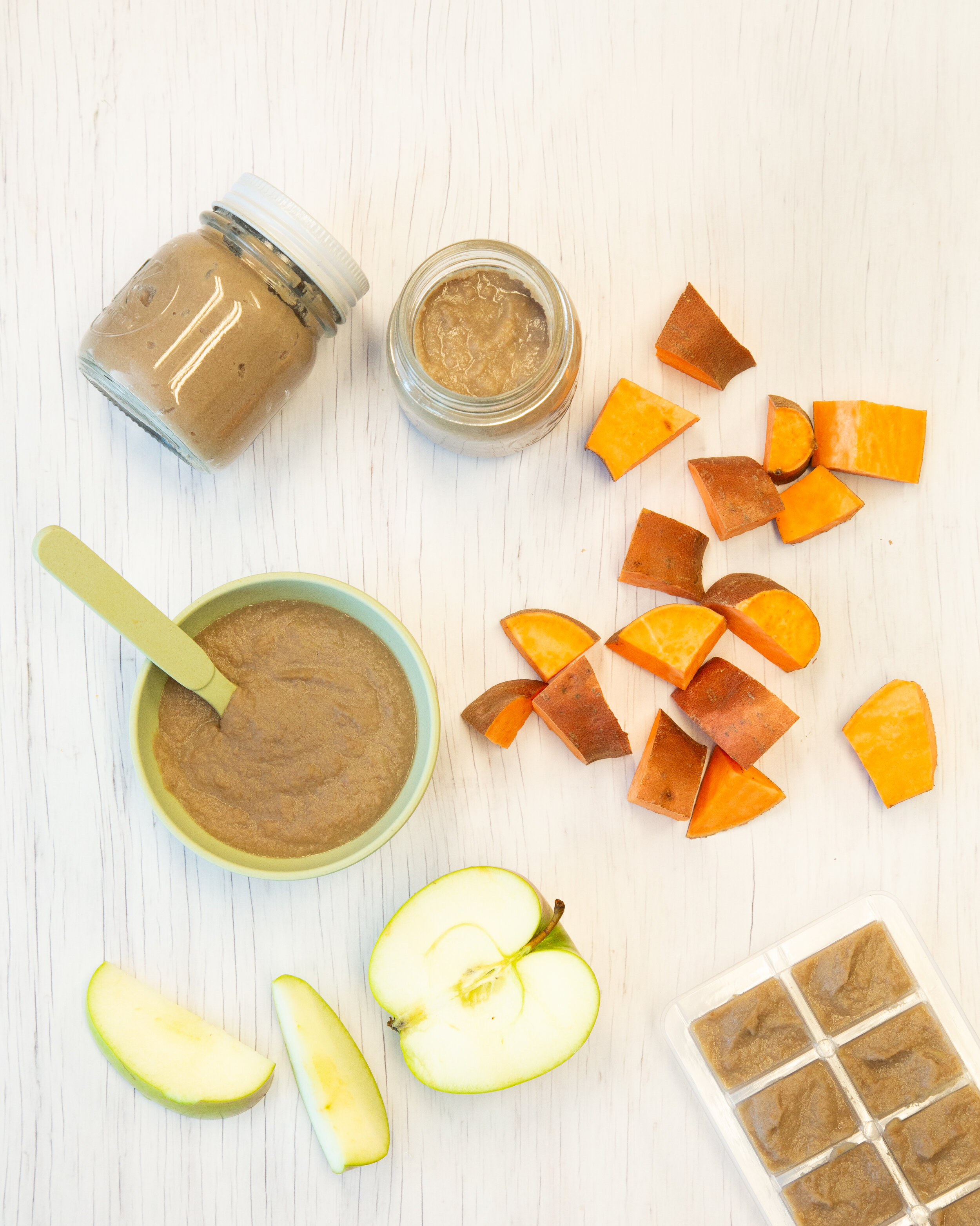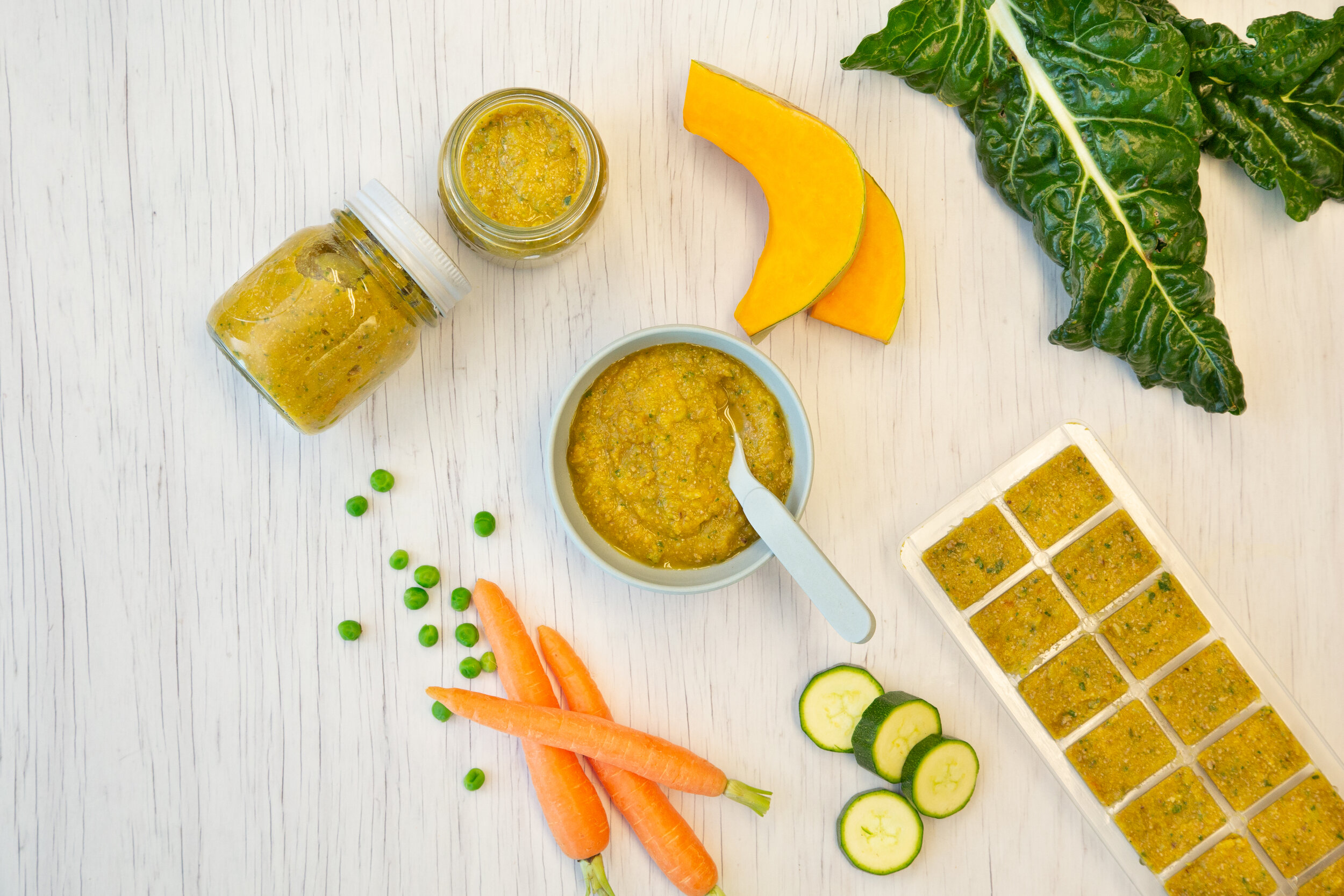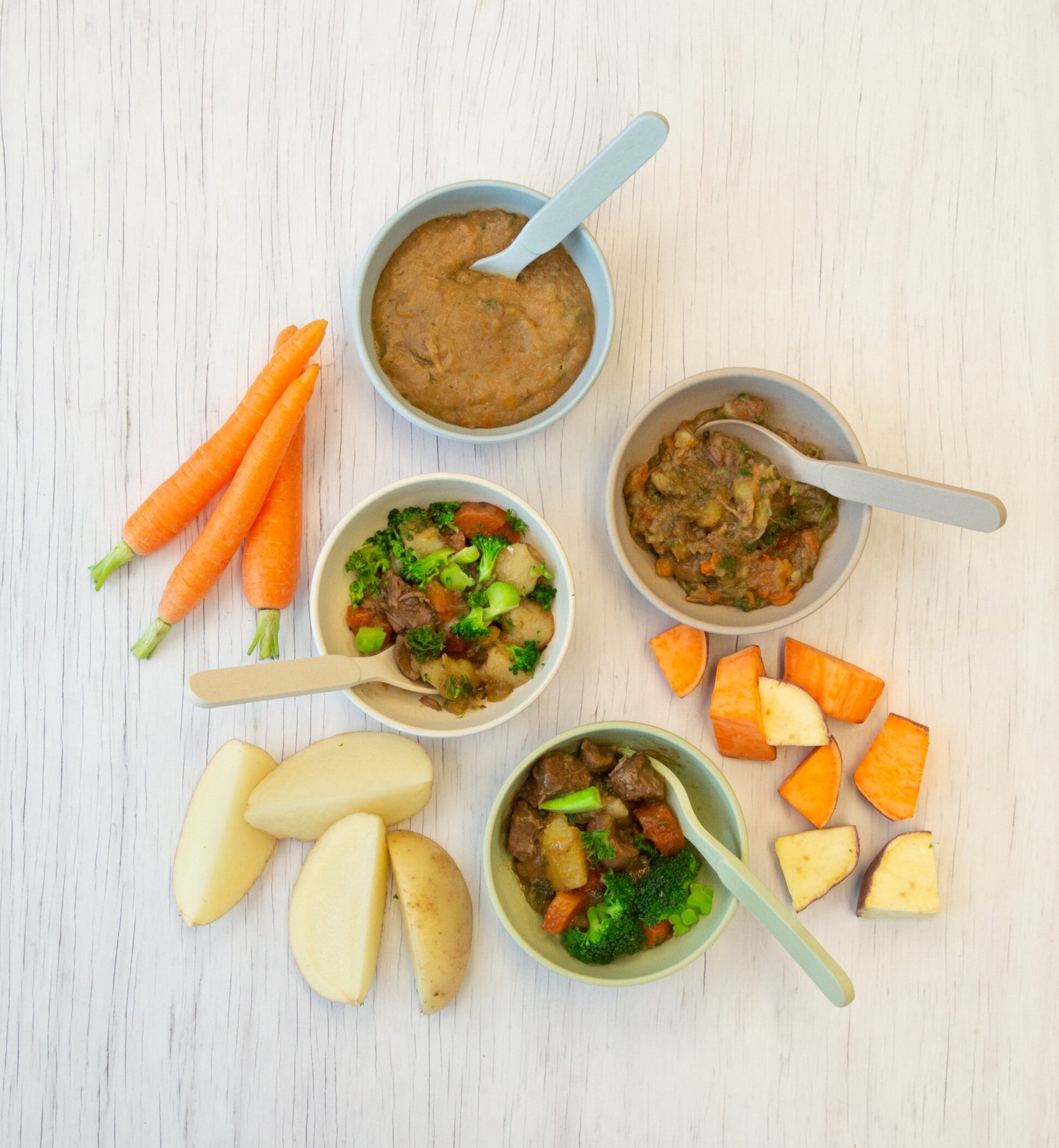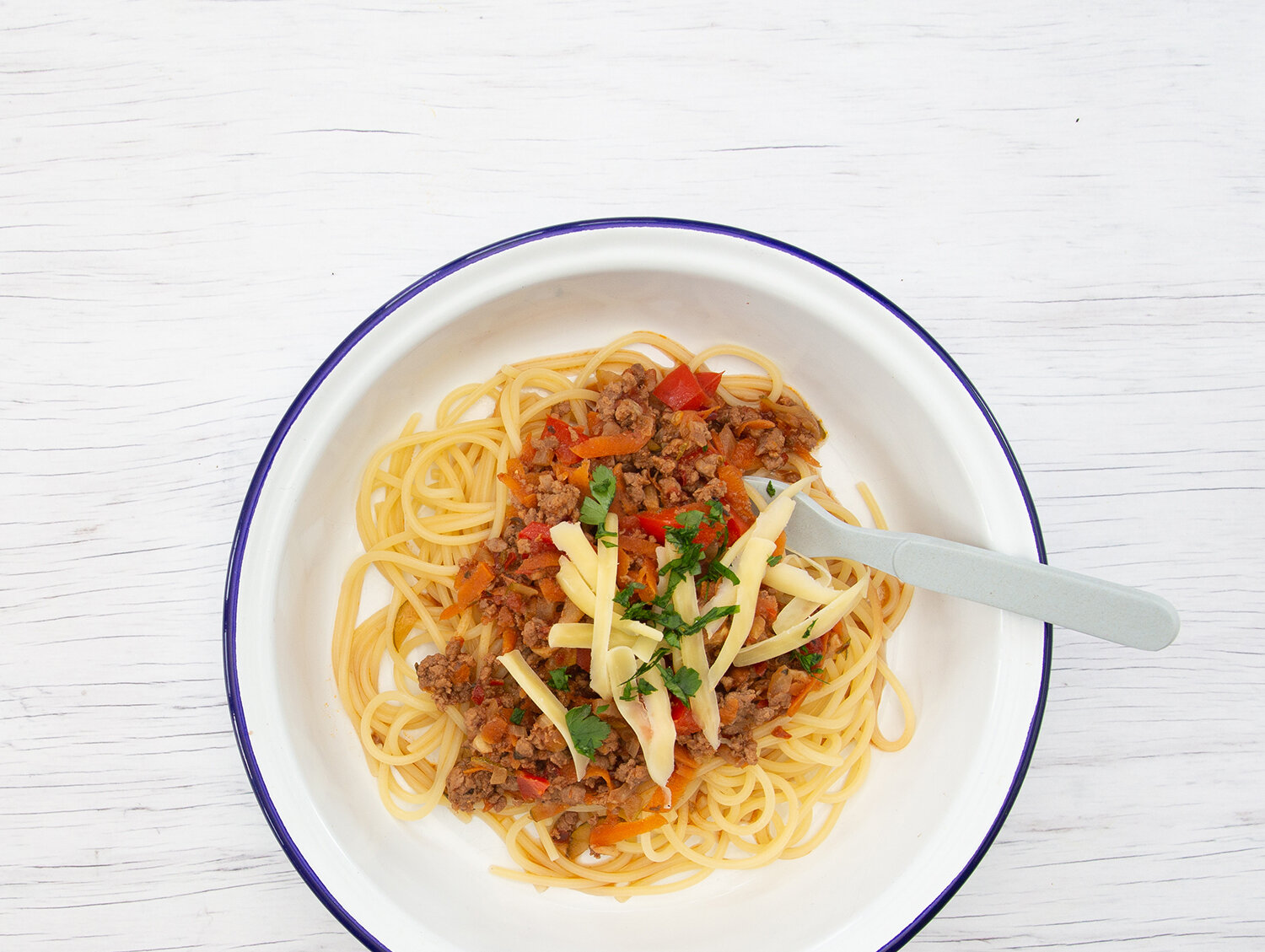Iron deficiency remains an ongoing issue for many New Zealanders, with many unaware they have low iron levels.
2 wahine toa, 3 physical tests, 1 essential ingredient
Our Beef + Lamb ambassador, world champion New Zealand rugby player Stacey Waaka went up against world-record holding sheep shearer Sacha Bond in a series of athletic tests at Massey University. The challenge demonstrates the important role iron can play in keeping physically active.
Check out the video below.
background
It’s World Iron Awareness Week, which means it’s time to take a good hard look at who’s at risk and the implications of going short on dietary iron, and the dietary choices to boost iron levels. Among the concerning global statistics of approximately 30% of the world population suffering iron deficiency, particularly among women and children, here at home in a land of plenty, our young children, teenage girls and women are part of these statistics. Beef + Lamb New Zealand has been a proud facilitator of the campaign for the last ten years, being suppliers of nutritious, grass-fed iron-rich beef and lamb to help fuel our nation. To view the 2022 report click here
WHO NEEDS IRON?
Iron is a mineral essential for good health and wellbeing. It helps carry oxygen to the brain and muscles, keeping us physically and mentally strong and able to make energy and fight infections. Every cell in the body needs iron. There are certain instances when iron is particularly important. People who have higher iron needs include:
Infants, children and teenagers because they are growing rapidly
Pregnant women for increased blood levels and to build baby's iron stores
Girls and women who have periods, due to regular monthly blood loss
Athletes and very active people
People on restricted or fad diets
WHY DO WE NEED IRON?
Iron is a mineral essential for good health and wellbeing. It can be found in some foods and has three main roles:
TO CARRY OXYGEN AROUND THE BODY - every cell in the body needs oxygen. There is iron in the haemoglobin of red blood cells and it carries oxygen from your lungs to the rest of the body.
TO ENSURE A HEALTHY IMMUNE SYSTEM - the cells that fight infection depend on adequate stores of iron. This means if your iron stores are low, your body is more prone to infections.
FOR ENERGY - iron is essential for the body’s chemical reactions that produce energy from food. Therefore, if your iron levels are low, your body may not be able to use all the energy available.
NOT ALL IRON IS EQUAL
Our bodies naturally recycle iron but we also need to get iron from the diet. This can come from animal sources such as red meat, poultry, shellfish or fish (haem iron) or from plant-sources such as spinach, lentils, beans and chickpeas (non-haem iron). Both haem and non-haem iron tick the iron-box but they aren’t absorbed the same. The body can absorb haem iron very easily and well (~25%) whereas non-haem iron can be a bit more of a challenge and less is absorbed (~8%). But fear not, non-haem iron absorption can be optimised by adding enhancers like vitamin C or haem-iron foods to a meal. While also giving us life, iron plays a key role in keeping us healthy (mentally and physically), energized and able to concentrate. So, if you want to optimise your nutrition and take steps to having a life full of energy, be sure to prioritise iron-rich foods into you and your family’s diet.
VIDEOS
+ VIDEO REFERENCES
Dobbing, J., Sands J. (1979). Comparative aspects of the brain growth spurt. Early Hum Dev, 3:79-83.
Prado E.L., Dewey K.G. (2014) Nutrition and brain development in early life. Nutrition Reviews. Vol. 72(4):267–284
+ VIDEO REFERENCES
Lozoff B., et al. (2000). Poorer behavioral and developmental outcome more than 10 years after treatment for iron deficiency in infancy. Pediatrics, 105(4):e51.
Lozoff B., et al. (2006). Long-lasting neural and behavioral effects of iron deficiency in infancy. Nutrition reviews, 64 (suppl 2):S34-43.
Domellöf M., et al. (2014). Iron requirements of infants and toddlers. J Pediatr Gastroenterol Nutr,58(1):119-29.
Lukowski AF., et al. (2010). Iron deficiency in infancy and neurocognitive functioning at 19 years: evidence of long-term deficits in executive function and recognition memory. Nutritional neuroscience, 13(2):54-70.
Dobbing, J., Sands J. (1979). Comparative aspects of the brain growth spurt. Early Hum Dev, 3:79-83.
Ministry of Health. (2006). Food and Nutrition Guidelines for Health Pregnant and Breastfeeding Women: A background paper. Wellington: Ministry of Health.
Cleghorn G. (2007)Role of red meat in the diet for children and adolescents. Nutrition & Dietetics 2007; 64 (Suppl. 4): S143–S146 https://onlinelibrary.wiley.com/doi/pdf/10.1111/j.1747-0080.2007.00203.x
Stiles J., Jernigan TL. (2010). The basics of brain development. Neuropsychol Rev 20(4):327–348.
National Health and Medical Research Council (NHMRC), Nutrient Reference Values for Australia and New Zealand including recommended dietary intakes: Iron, April, 2014. https://www.nrv.gov.au/nutrients/iron (Accessed February, 2020)
Australian Early Development Census. Brain Development in Children. https://www.aedc.gov.au/resources/resources-accessible/brain-development-in-children (Accessed August, 2020).
Prado E.L., Dewey K.G.(2014) Nutrition and brain development in early life. Nutrition Reviews. Vol. 72(4):267–284.
Ministry of Health. (2008). Food and Nutrition Guidelines for Healthy Infants and Toddlers (Aged 0–2): A background paper (4th Ed) – Partially Revised December 2012. Wellington: Ministry of Health.
New Zealand Food Composition Database. (2019). The New Zealand Institute for Plant & Food Research Limited and Ministry of Health. https://www.foodcomposition.co.nz/search
nutrition BLOGS
IRON WEEK RESOURCES
Check out our range of iron week resources, from downloadable and printable posters, brochures and social media graphics.





